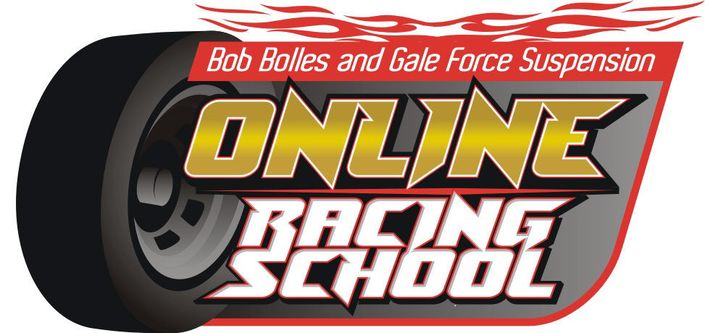
Race Car Aerodynamics
AN UNDERSTANDING OF AERODYNAMICS INCORPORATED IN RACE CARS
.
This
may be the most important Aero course ever offered. There is
information contained in this Course that cannot be learned anywhere
else.
Free and Easy Preview - You can preview the Lesson One in the Aero course by Signing In to ORS. Then scroll down and click on Lesson One to read the entire Lesson One.
This course is designed to give the racer or car enthusiast an understanding of aerodynamics as it pertains to a race car. This course discusses the differences between actual air flow while driving / racing versus air flow within a wind tunnel, and how these flows are different.
It discusses how to find those flows, and determine if they need to be improved. It discusses ways to improve the aero on your car.
It explains and discusses aero terminology, and provides some formulas used in determining aerodynamic forces. The course will teach you how to read how the air flows over your car, and will give you a good understanding of how to improve those flows.You will come to understand what happens to those flows at different attitudes.
The course contains sections on dirt and asphalt late models Cup cars, Sprint cars, IRL, Formula 1, Funny cars, and Top Fuel cars.
I think everyone will find something in this course to improve the aerodynamics of their race car, even if they don’t use a wind tunnel.The race track is a better place to test the real aerodynamic flow.You will know how to find the actual air flow through this course.You will know though tests you make, if your modifications worked or not.You will know what is working more than just a lap time change.
Your Instructor

About Bill Montagne
Bill is a Sr. Aerodynamicist and Mechanical Engineer who originally worked in Silicon Valley creating devices, technologies and manufacturing processes that had never been done before anywhere.He has been involved in every aspect of engine development, chassis development and aerodynamics development in the racing industry as a professional racer, mechanic, builder, engineer and consultant.
He has Working relationship with several top level PhD. Aeronautical engineers at NASA Ames and NASA Lewis facilities since early 1980’s and he has developed, designed, constructed, tested and flown his own design of aircraft that broke numerous records for efficiency of flight, new wing design and new propeller design.
That aircraft is the Mountain Goat. The result was an award winning, high lift, low drag aerodynamic aircraft flown for over 3,000 hrs flight time.It has been flight tested by NASA AMES, Gulfstream Chief Flight Test Engineer and several FAA DER’s.
Bills approach to aerodynamics is from a real world perspective. Many aero engineers who design wings, body shapes, etc. never fly those designs. Bill has flown and tested his own aircraft with great success. His aero skills include:
● Aeronautical Engineering for optimal flight characteristics
● Aero analysis and development of high efficiency, low noise propellers
● Aero testing with actual full size aircraft
● Aero flow optimization for high lift and low drag
Now, in the Race Car Aerodynamics school, we are introduced to Bill’s extensive knowledge of race car aero to bring a better understanding of aero properties and to better apply those properties to improve our race cars performance. You’ll never look at aero in the same way again.